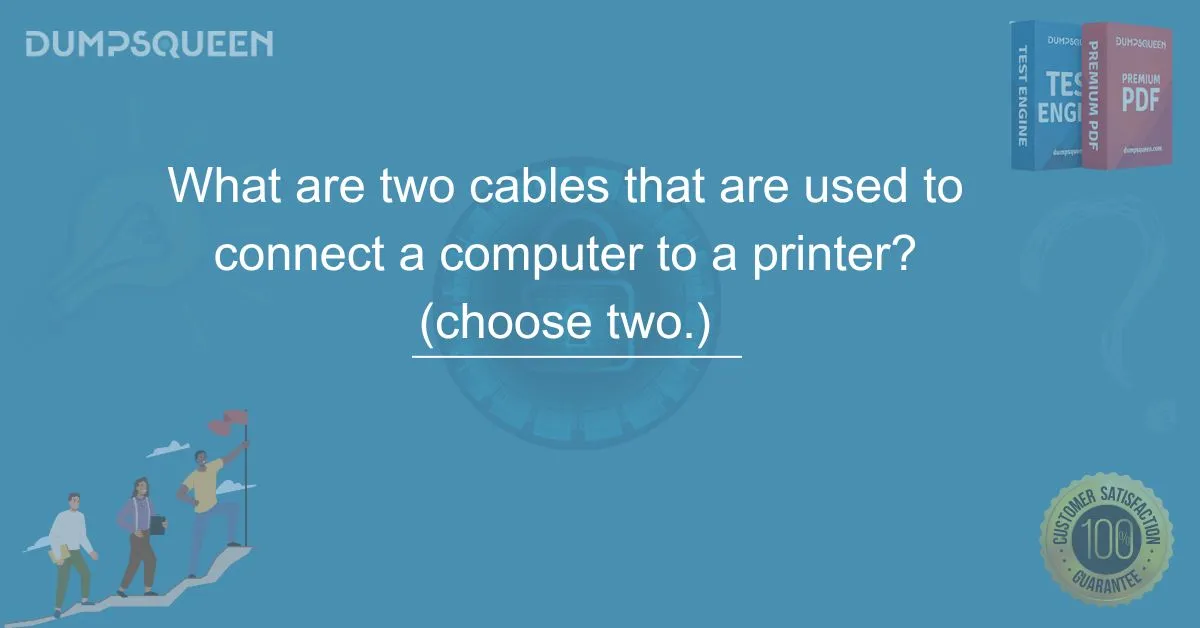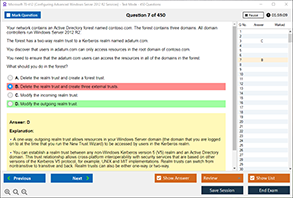Introduction
In today's digital world, printing remains an essential task for businesses, students, and professionals alike. While many advancements have been made in wireless printing technology, wired connections are still widely used due to their reliability and stability. Connecting a computer to a printer requires a suitable cable, ensuring seamless communication between the two devices. Different types of cables have been developed over the years, each serving specific functions. Understanding which cables are commonly used and how they impact the printing process is crucial for maintaining efficiency in any setup. This article explores two primary cables used to connect a computer to a printer and provides insight into their roles and advantages.
Understanding the Importance of Printer Cables
Printer cables serve as the bridge between a computer and a printer, enabling the transfer of data necessary for printing tasks. These cables ensure that commands sent from the computer are accurately received and executed by the printer. While wireless printing has gained popularity, many users still prefer wired connections due to their security, faster data transfer rates, and reduced risk of connectivity issues. Choosing the right cable for a printer setup is important in avoiding compatibility problems and ensuring a smooth printing experience.
USB Cable: The Modern Standard for Printer Connections
One of the most commonly used cables for connecting a computer to a printer is the USB (Universal Serial Bus) cable. It has become the industry standard for most modern printers due to its ease of use, reliability, and fast data transmission capabilities.
A USB cable typically has a Type-A connector on one end, which plugs into the computer, and a Type-B connector on the other, which connects to the printer. Some newer models of printers now support USB Type-C, offering even faster data transfer speeds and improved durability.
The primary reason USB cables have replaced older connection types is their plug-and-play functionality. Modern operating systems recognize USB printers automatically, reducing the need for complicated driver installations. Additionally, USB cables offer better power efficiency and data stability compared to older interfaces.
Parallel Cable: A Legacy Connection Still in Use
Before USB technology became dominant, parallel cables were the standard for connecting printers to computers. These cables use a wide, 25-pin connector and are known for their ability to transfer multiple bits of data simultaneously. While parallel cables are now considered outdated, they are still used in some legacy systems and industrial environments where older printers remain in operation.
One of the advantages of parallel cables is their stable connection, making them reliable for bulk printing in business settings. However, they have significantly slower data transfer rates compared to USB cables and are not supported by modern devices. As a result, most users have transitioned to USB or network-based printing solutions.
Other Printer Connection Methods
While USB and parallel cables are the most recognized options, several other connection methods are also available, depending on the printer model and user preferences.
Ethernet Cable
For offices and business environments where multiple users need to access a single printer, Ethernet cables provide a wired networking solution. These cables connect the printer to a network, allowing computers to send print jobs over a local area network (LAN) instead of a direct cable connection.
Serial Cable
Some older printers, particularly in industrial applications, use serial cables for connectivity. Though not as fast as USB, serial cables are still used in specialized settings where long-distance connections and stable data transmission are required.
FireWire Cable
FireWire, or IEEE 1394, was once a high-speed alternative to USB but has since been largely phased out. While some older high-performance printers supported FireWire, it is no longer a common connection type.
Choosing the Right Cable for Your Printer
Selecting the right cable depends on multiple factors, including the type of printer, the computer’s available ports, and the desired data transfer speed. USB cables are the best option for most modern printers due to their ease of use and high-speed data transmission. However, for legacy systems, parallel cables may still be required. Ethernet connections are ideal for network printing, especially in office environments where multiple users need access to the same printer.
Conclusion
Connecting a computer to a printer requires selecting the appropriate cable to ensure seamless communication and efficient printing. USB cables have become the standard due to their speed, reliability, and plug-and-play functionality, making them the preferred choice for most modern users. On the other hand, parallel cables, while largely outdated, still serve a purpose in older systems that require stable, wired connections. Understanding these cable types and their functions allows users to optimize their printing setups effectively. As technology continues to evolve, network-based and wireless solutions may become more prevalent, but wired connections remain a reliable option for many printing needs.
Free Sample Questions
-
Which cable is the most commonly used for connecting modern printers to computers?
a) Serial Cable
b) USB Cable
c) Parallel Cable
d) FireWire Cable
Answer: b) USB Cable -
What is one disadvantage of using a parallel cable for printer connections?
a) It is too expensive
b) It has slow data transfer speeds
c) It is not compatible with any computers
d) It provides unstable connections
Answer: b) It has slow data transfer speeds -
Which type of USB cable is most commonly used for printer connections?
a) USB Type-A to USB Type-B
b) USB Type-C to HDMI
c) Micro USB
d) Thunderbolt
Answer: a) USB Type-A to USB Type-B -
What is the main advantage of using an Ethernet cable for printer connections?
a) It allows multiple devices to connect to the printer
b) It is the fastest wired connection
c) It does not require drivers
d) It is the cheapest option
Answer: a) It allows multiple devices to connect to the printerLimited-Time Offer: Get an Exclusive Discount on the 220-1101 Exam – Order Now!



